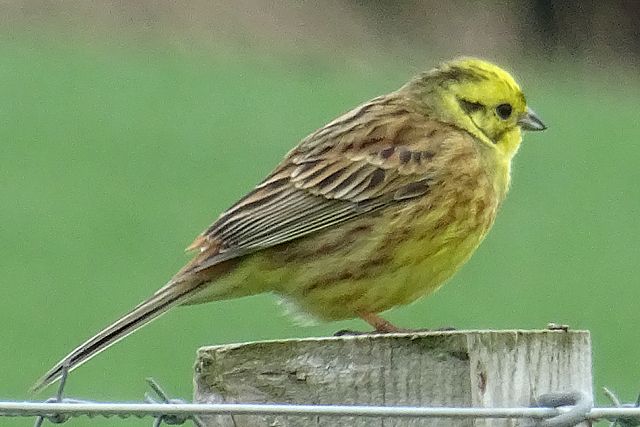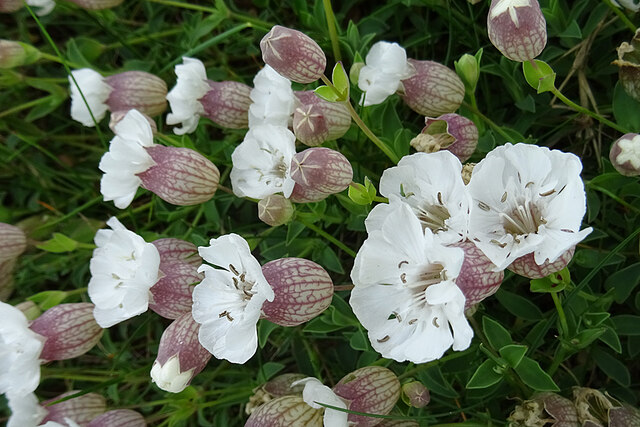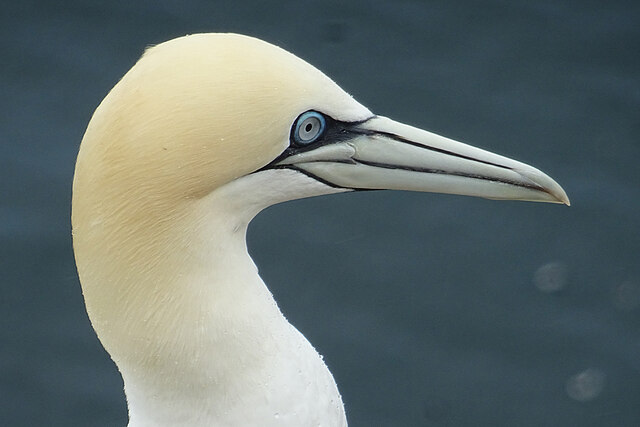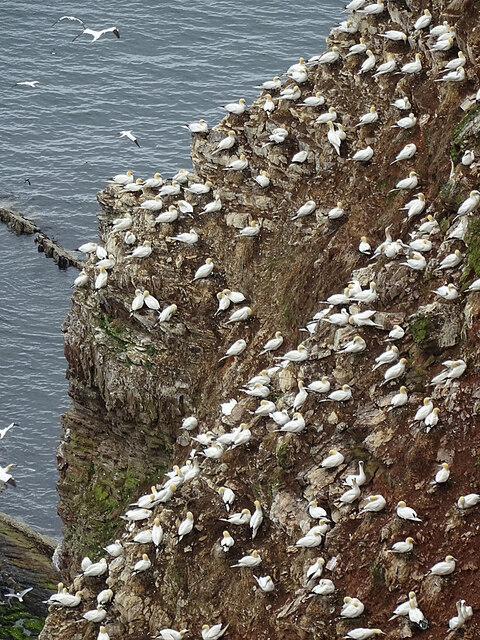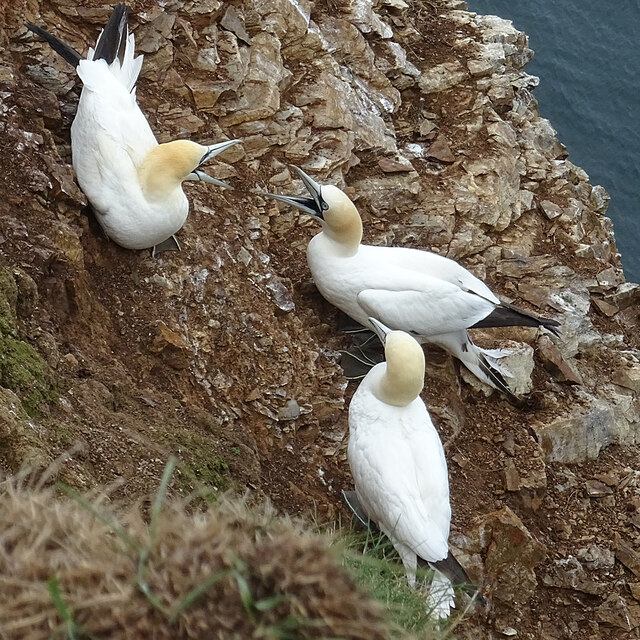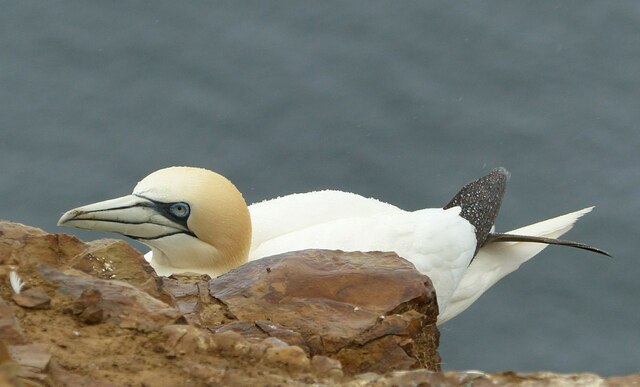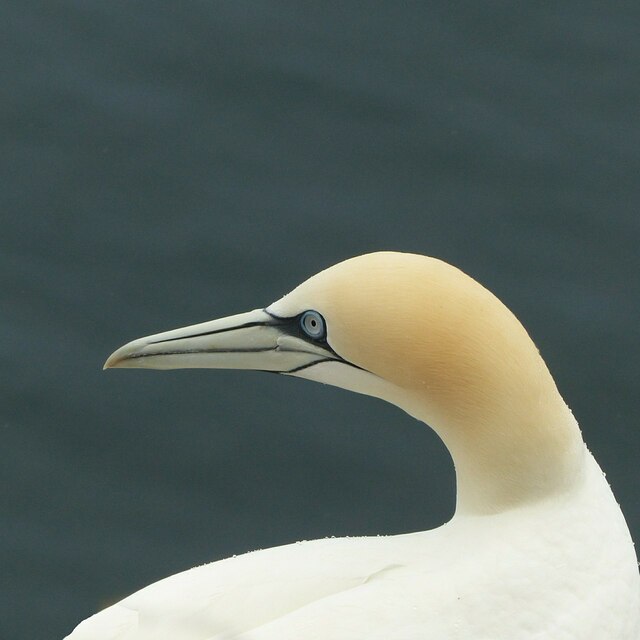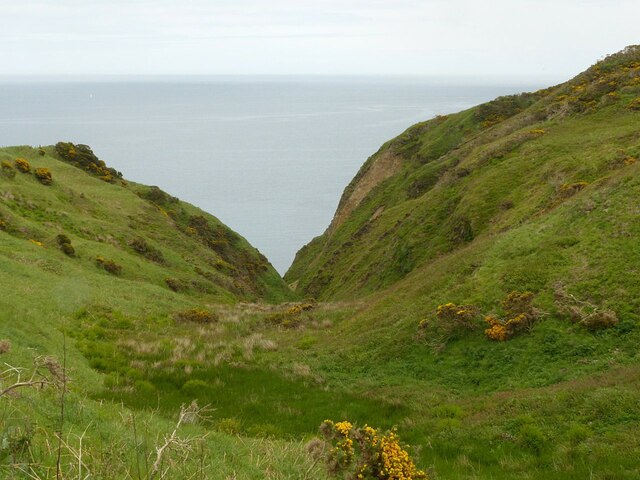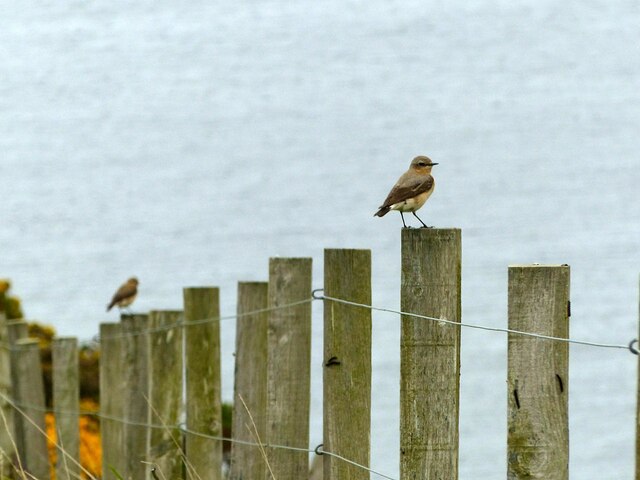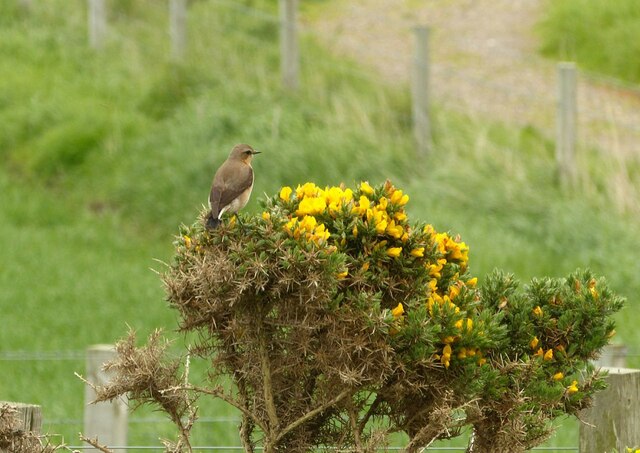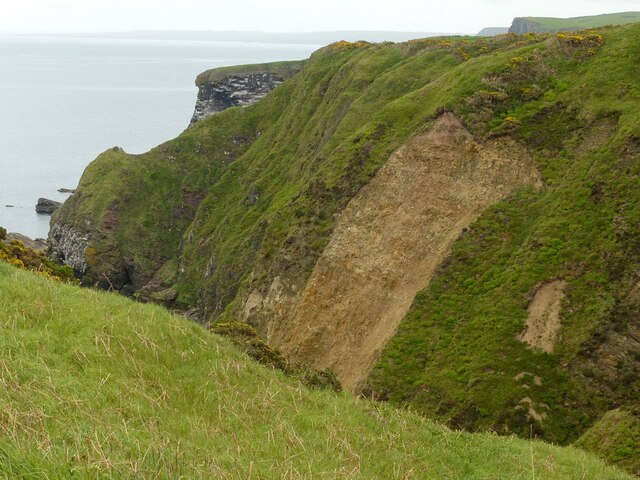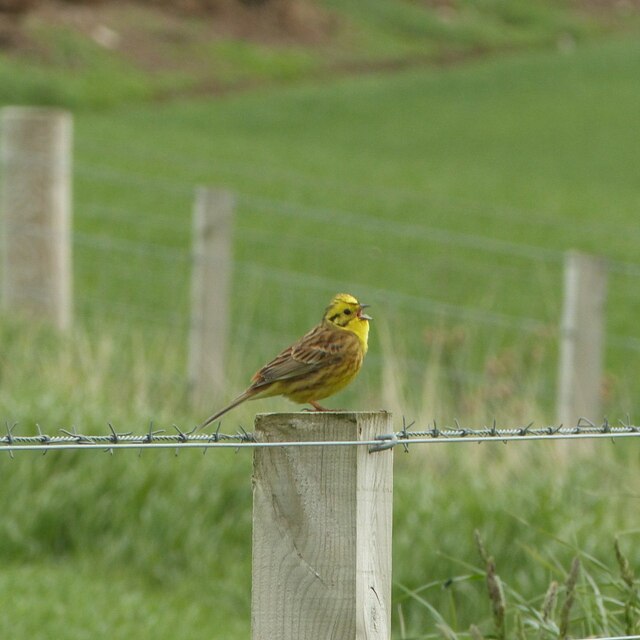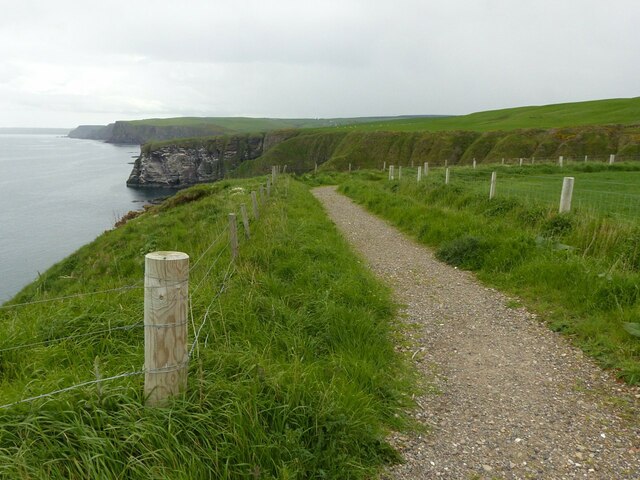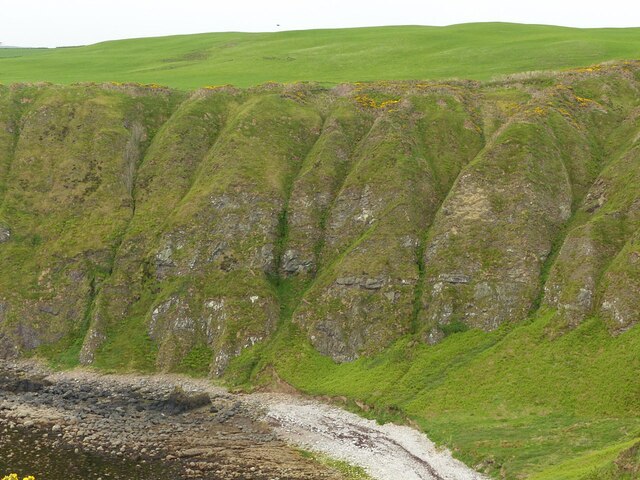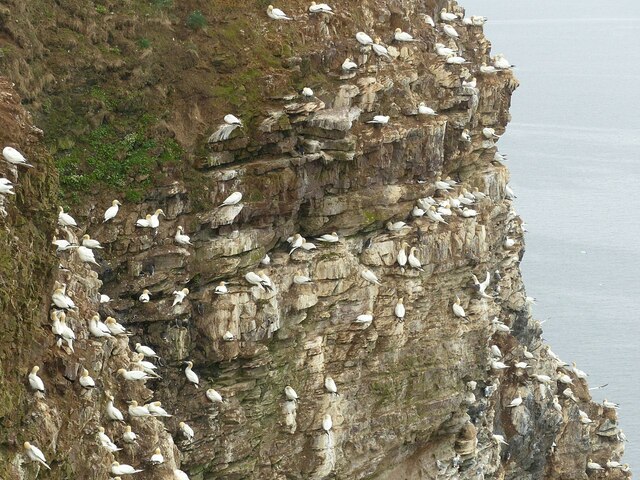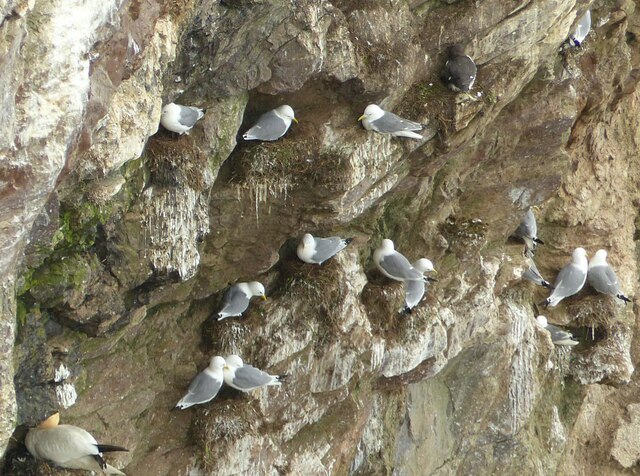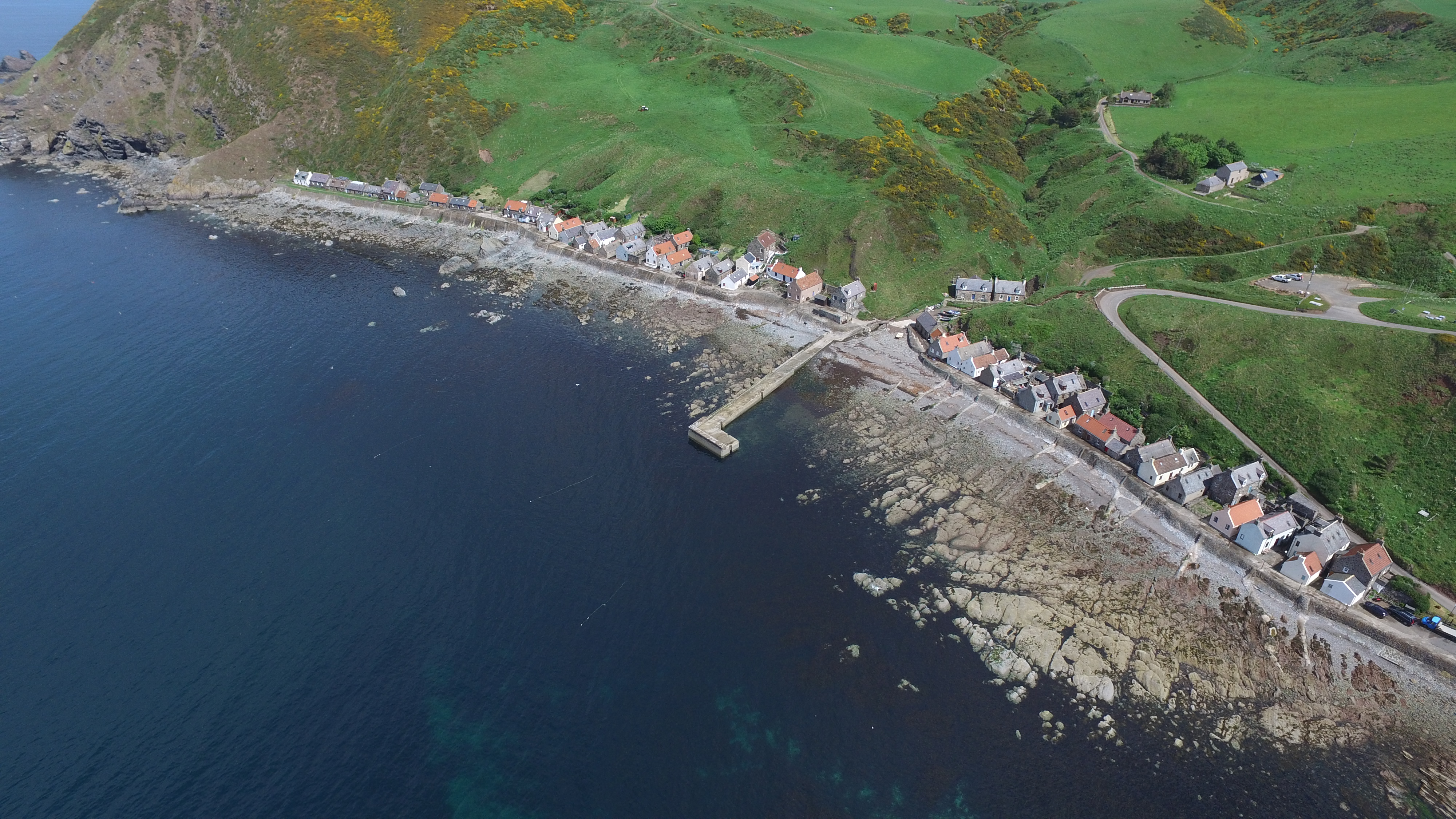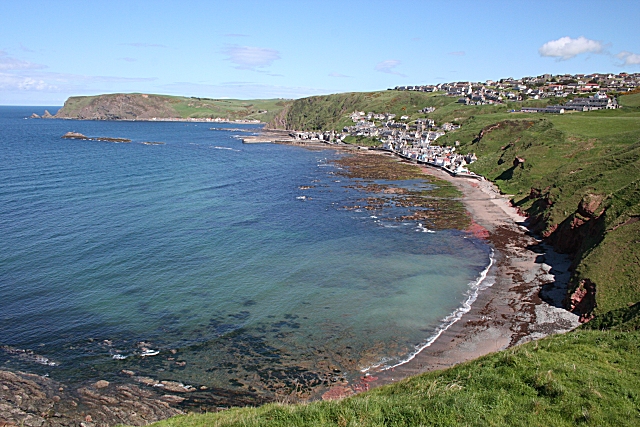Ignet Craig
Island in Banffshire
Scotland
Ignet Craig
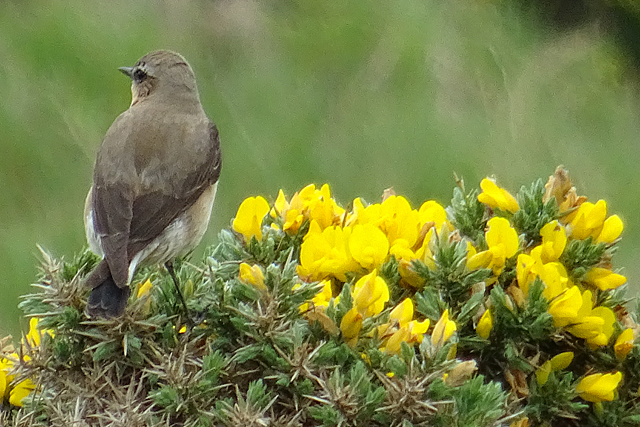
Ignet Craig is a small island located off the coast of Banffshire, in northeastern Scotland. With an area of approximately 2 square kilometers, it is a picturesque destination that offers stunning natural beauty and a tranquil escape from the mainland. The island is renowned for its rugged cliffs, sandy beaches, and diverse wildlife.
Access to Ignet Craig is only possible by boat, adding to its secluded and peaceful atmosphere. Visitors can enjoy leisurely walks along the island's coastal paths, taking in the breathtaking views of the North Sea and the surrounding landscape. The island's cliffs provide nesting sites for various seabirds, making it a haven for birdwatchers.
The vegetation on Ignet Craig is primarily composed of grasses, shrubs, and wildflowers, creating a vibrant and colorful landscape during the warmer months. The island is also home to a small population of rabbits and other small mammals.
Historically, Ignet Craig has been inhabited by a small fishing community, although today it remains uninhabited, offering a serene environment for those seeking solitude. The island's rich history can still be seen in the remnants of old fishing huts and structures that dot the landscape.
For those looking to explore the area further, Banffshire offers a range of attractions, including charming coastal towns, ancient castles, and whisky distilleries. The nearby town of Banff provides amenities such as accommodation, restaurants, and shops for visitors to stock up on supplies before embarking on their adventure to Ignet Craig.
If you have any feedback on the listing, please let us know in the comments section below.
Ignet Craig Images
Images are sourced within 2km of 57.693916/-2.3057852 or Grid Reference NJ8167. Thanks to Geograph Open Source API. All images are credited.

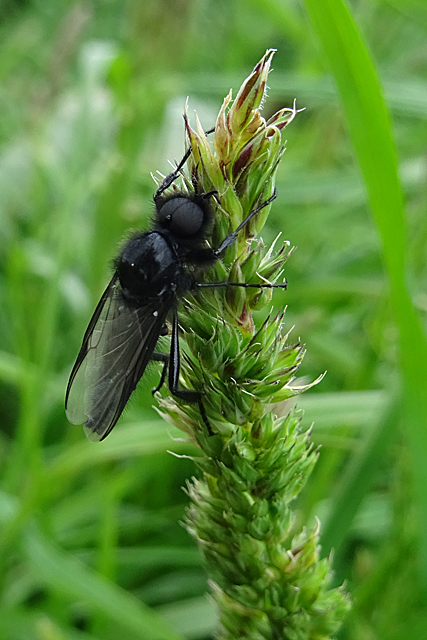
Ignet Craig is located at Grid Ref: NJ8167 (Lat: 57.693916, Lng: -2.3057852)
Unitary Authority: Aberdeenshire
Police Authority: North East
What 3 Words
///parties.corrosive.neat. Near Rosehearty, Aberdeenshire
Nearby Locations
Related Wikis
Crovie
Crovie is a small village in Aberdeenshire, Scotland, dating from the 18th century, a time when the sea was the only mode of transport to and from Scotland...
Gamrie Bay
Gamrie Bay is a bay in Aberdeenshire, Scotland. The bay is between Crovie Head and More Head. The villages of Gardenstown and Crovie are located within...
Pennan
Pennan (Scots: Peenan) is a small village in Aberdeenshire, Scotland, consisting of a small harbour and a single row of homes, including a hotel. It is...
Gardenstown
Gardenstown (Scots: Gamrie) is a small coastal village, 8.7 miles (14.0 km) by road east of Banff in Aberdeenshire, northeastern Scotland. The village...
St John's Church, Gamrie
St John's Church is a ruined church and kirkyard in the parish of Gamrie, Aberdeenshire, Scotland. The church, dedicated to St John the Evangelist, was...
Auchmeddan Castle
Auchmeddan Castle was a castle, most likely dating from the 16th century, now demolished, located 9 miles (14 km) west of Fraserburgh, at Mains of Auchmeddan...
Dubford
Dubford is a small village in northern coastal Aberdeenshire, Scotland. Dubford is situated along the B9031 road approximately 6 kilometres (3.7 mi) east...
Rescue from SS William Hope
In the 1884 rescue from SS William Hope in Aberdour Bay off the north coast of Aberdeenshire in Scotland Jane Whyte rescued fifteen sailors from their...
Nearby Amenities
Located within 500m of 57.693916,-2.3057852Have you been to Ignet Craig?
Leave your review of Ignet Craig below (or comments, questions and feedback).
